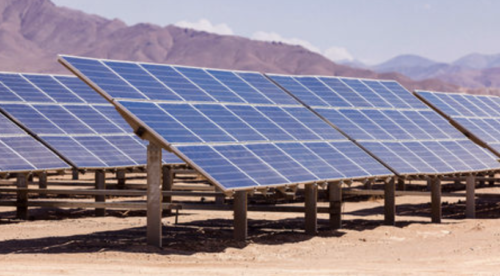As global temperatures rise, small temperature changes might provide a new way for us to generate power. A recent project, headed by Yu Hushino and Teppei Yamada, has engineered a thermocell—a device that generates electricity from heat—that might make this source of affordable and efficient carbon-free energy closer than you think.
The cell uses poly(N-isopropylacrylamide) hydrogels as an affordable material. A hydrogel is a large molecule that can hold water. At low temperatures, acids attached to the hydrogels lose protons to water in the environment. Poly(N-isopropylacrylamide) hydrogels, however, are special because they clump together and shut water out when heated. Therefore, at high temperatures, with less water, protons stay attached to the acids. “The pH shift [due to the changing concentration of free protons] is the most important phenomenon we use,” Yu said.
But how does that pH shift generate voltage? The solution also contains compounds that transfer electrons and protons. So, if there are more protons on one side of the cell, the compounds lose electrons, creating a current. “It’s a shift of equilibrium,” Teppei said. The greater the pH shift, the more voltage is generated.
Solar power is one of the main ways to generate electricity without fossil fuels. However, solar panels are unable to convert all of their heat energy into power. That’s where Yu and Teppei’s thermocell comes in. “Using our device to collect heat from carbon-free energy is one of the most interesting future applications,” Yu said. Their device could use otherwise “wasted” heat to create a temperature change large enough to generate power, improving the efficiency of carbon-free energy sources.

